How to Make Your Own Tea
Most tea-drinkers purchase their boxes of tea from the grocery store, giving it little, to no thought at all about how they could be making their own tea blend. As it turns out, blending and brewing tea is not only satisfying, it’s fairly easy to do, once you’ve done a bit of practicing and experimenting. It’s also nice to know exactly what ingredients went into making your tea blend. Let’s talk about how to make your own tea. In case you missed this post, Green Tea: Everything You Need to Know
By brewing your own tea using freshly-grown herbs, you’ll be rewarded with a tea blend that not only tastes so good, but also has healing benefits for your body that will help make you feel better. You can create a blend that focuses on helping to heal certain ailments such as the common cold, indigestion, seasonal allergies, stress, and even PMS. Here’s how to make your own tea blend. This is my favorite, Green Tea.
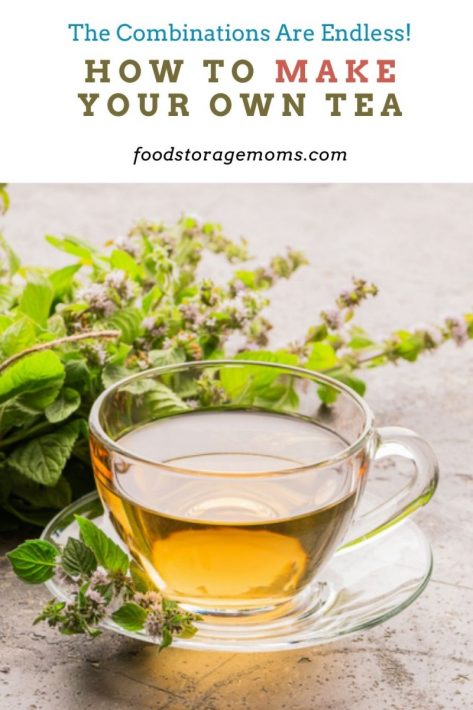
How to Make Your Own Tea
As scary as this may sound for you, brewing your own tea has less to do about exact measurements and more about crafting together a blend that tastes delicious and right for you. After all, you’re the brewmaster that is searching to find a drink that is harmonious and enjoyable, so you shouldn’t have to rely on other people’s preferences. So it’s important not to fret and get caught up with the exact amount that is called for with each ingredient. Keep it simple. Here’s more on the structure of herbal teas and what goes into them.
Primary Herbs (Base Ingredient)
Think about what you want your overall tea blend flavor to taste like, or what medicinal benefits are you hoping to receive because that should be the primary herb that you will be using as your base ingredient. Your primary herbs will consist of about 70% to 80% of the blend. In other words, it’s the main actor in your play, but that’s not to say that there can’t be more than one primary herb in your tea. Down below I have a few of the base ingredients that you can use, depending on what type of tea you’re looking to create:
Base Ingredients Ideas:
Herbs: Peppermint, raspberry leaf, lemon balm, blackberry leaf, marshmallow
Black Teas: Earl Grey, English Breakfast, Irish Breakfast, Assam, Darjeeling
Red Teas: Honeybush, Honeyroo, Red Rooibos
Green Teas: Green Snail Spring, Dragonwell, Matcha, Gunpowder, Tie Guan Yin
Supportive Blends (Complimentary Flavors)
The supportive blends work as a buffer and soother to the stronger base ingredients that you’ve used. Your complimentary flavors typically consist of about 20% to 30% of your entire blend. They are especially important for your blend, but you want to be careful that you don’t overwhelm your overall flavor with them. These are a few supportive blends that help compliment your blend depending on what primary herb that you used:
- Rosebud and hibiscus
- Hibiscus and cornflower
- Chamomile and lemon balm
- Chamomile and cinnamon
- Catnip and mint
- Mint and cacao
- Elderflower and vanilla bean
- Rosemary and lavender
- Lavender and rosehips
- Mint and basil
Go ahead and add these supportive blends to your primary herbs with your hand or a spoon. As I said, it should be somewhere between 20% and 30% of the entire blend, and it’s okay to eye it and estimate to the best of your ability.
Catalyst Herbs
Catalyst herbs make up about 5% -10% of a tea blend and help to create a warm, stimulating effect on your body. Peppermint, cinnamon, thyme, and ginger are popular catalyst herbs that you can use in your tea. When combined with your primary herbs, catalyst herbs will create a chemical nature that can help your body with a number of different healing benefits. You may have realized that some of these herbs are also ones that can be used as your primary base ingredient. It really just depends on what flavor and specific agenda (medicinal benefits) you have in mind for your tea.
Taste Your Brew
It’s time to give your brew a try. Go ahead and boil some water and give it a taste test. If you find that after you’ve sampled it and there’s a flavor that stands out too much for you, go back and add more of the primary, supportive, and catalyst herbs while going much lighter on the flavor that stood out so much for you.
Fruits, Nuts, Sweeteners
Now that you’ve crafted your tea blend, you’re almost done! You just need to add a few of the right finishing touches to drive this delicious masterpiece out of the park. If you desire to add fruit to your blend, I’d suggest that you use dehydrated fruits because they work best. You can mix them right into your blend because this will also help to keep your tea stay fresh for many months. These are just a few you should consider:
Dried Fruits
- Lemon peel
- Grapefruit peel
- Orange peel
- Banana slices
- Strawberries
- Blueberries
- Raspberries
Nuts and legumes also can add unique flavor and aromas to your blend. These are some that you could try:
Nuts and legumes
- Pecans
- Walnuts
- Almonds
- Hazelnuts
- Salted Peanuts
Some of you prefer your tea to be a tad on the sweeter side, so you will need to add the right sweetener to make it turn out just the way you like it. You have the option of doing this for each cup, or mixing it straight into your blend to save you time.
Sweeteners
- Sugar (cubed or powdered)
- Brown sugar
- Honey
- Organic raw sugar
- Stevia leaf
- Chocolate chips
Final Word
Something that’s wonderful about brewing your own tea is that most of the ingredients can be found when you foliage in wooded areas not far from your home. Be sure to click on this link if you’re looking for other tea-making recipes. Here’s also a look at all the different types of teas out there along with the healing benefits that each one brings. What is your favorite flavor of tea to drink? Can you tell us how you make your own tea? May God Bless this world, Linda.
Copyright Images: Tea with Fresh Peppermint Leaves Deposit photos_296417318_s-2019

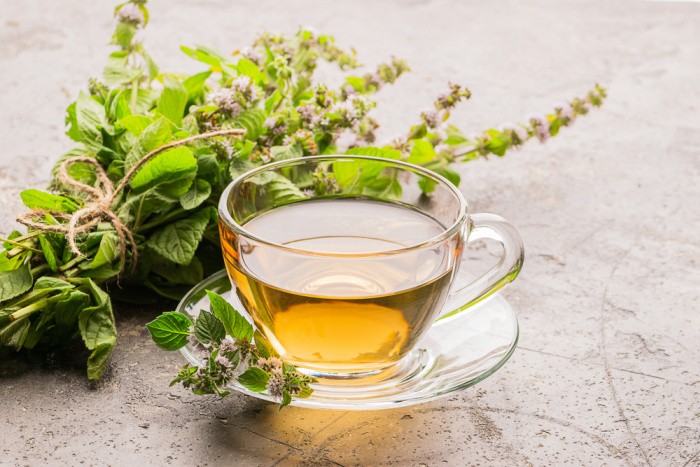

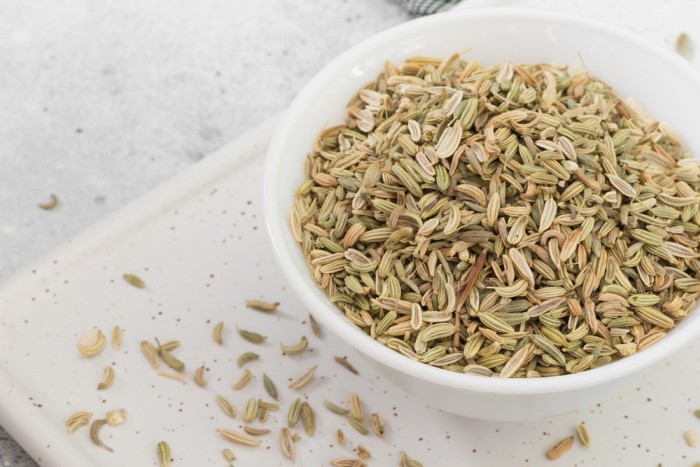



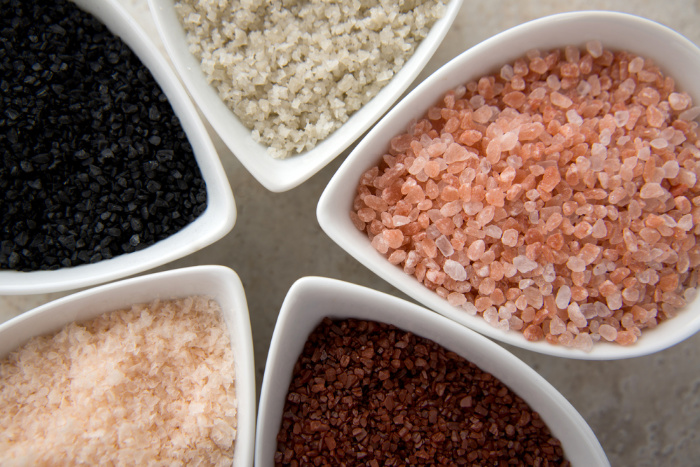
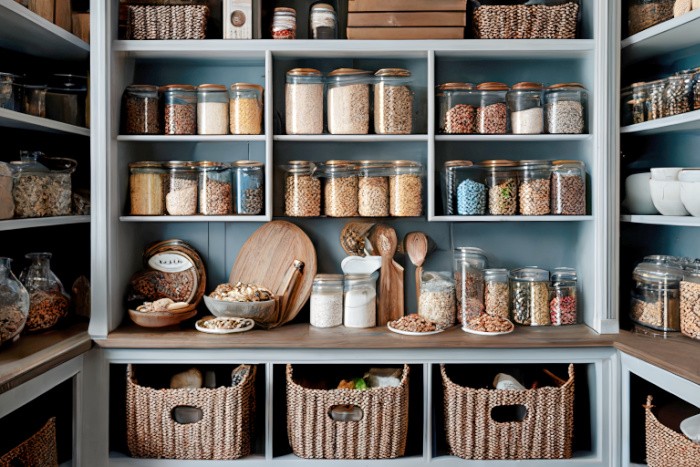
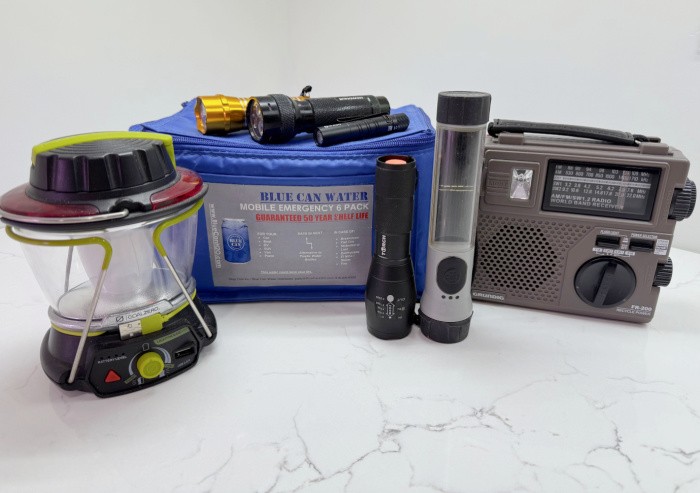
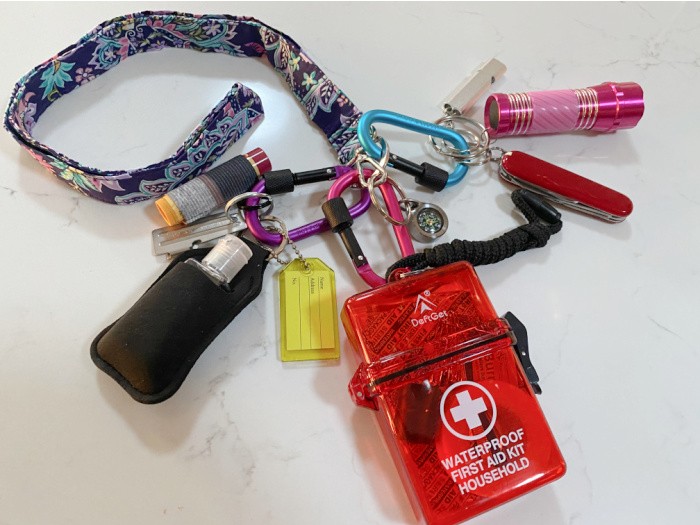











Hey Linda! Good to know. I do drink quite a bit of herbal teas. I wonder if you can grow black tea here in East Texas. Something to look into.
Hi Deborah, I would check with your local nurseries, they would know better than me. I have one nursery here that I go and talk to about issues about living in the desert. Linda
I have been wondering about doing this. I think I am going to jump in and add some of these plants to my garden plan.
Hi Leslie, it’s so fun to try different ones and see which ones we like the best. Have fun!! Linda
I grow roselle and make a vitamin packed tea from the dried calyxes from the blossoms. Adds a zingy punch to my astragalus tea during flu season. Will be trying some of the other blends as I have finally gotten more than rosemary & spearmint herbs to grow!
HI BDN, oh my gosh, I love hearing this. There is something about growing herbs that boost our immune system and have available when we need them. Yay for growing our own herbs and food. Linda
I planted actual Camellia sinensis tea bushes at my old place, managed to get a few cups of tea from my own plants before I moved to a place with no garden space. They grow best in zones 7 to 9. They take very little care and just look like any old bush, with small white flowers in season. The fresh green growing tips are used to make tea.
Hi Alice, oh, then I might be able to grow them here! I need to look into this! I love my garden and harvesting is the best! Linda
Decades ago, I purchased a tea blend from a health food store. They called it Bear 30 – a blend of 30 different teas/herbs. It was wonderful. The store is still in operation but they haven’t offered Bear 30 for years and years. I have spent a good amount of time trying to recreate this as they either no longer have the recipe or choose not to share the recipe. I have been unsuccessful to date! But, I enjoy the process.
Now I make a blend by Rosemary Gladstar – cannot share the recipe, though because it is in one of her herbalism courses. It is called Sweet Surrender Tea (aka 3 cup Tea)!
Hi Leanne, it sounds like we better sign up for her herbalism classes! Life is so good when we have a good cup of tea! Linda